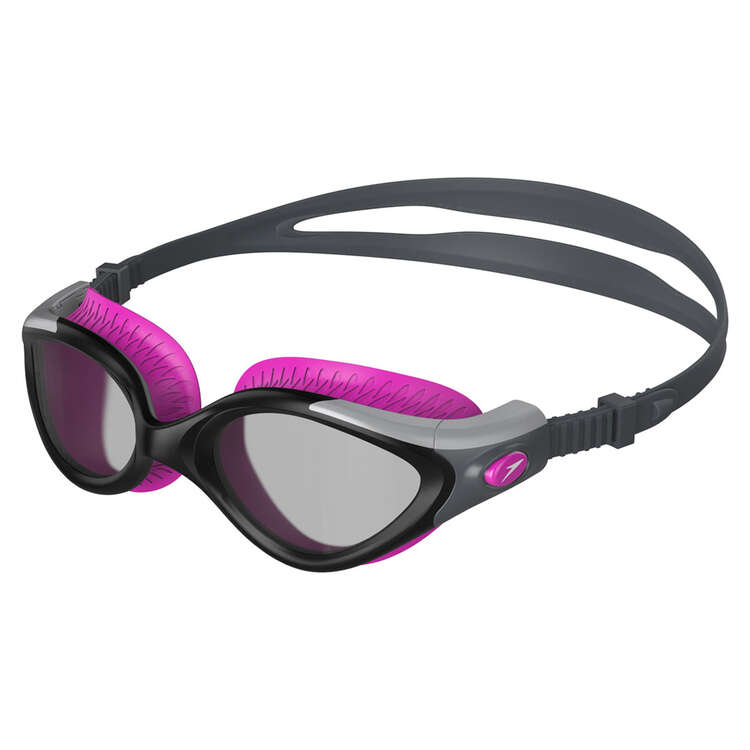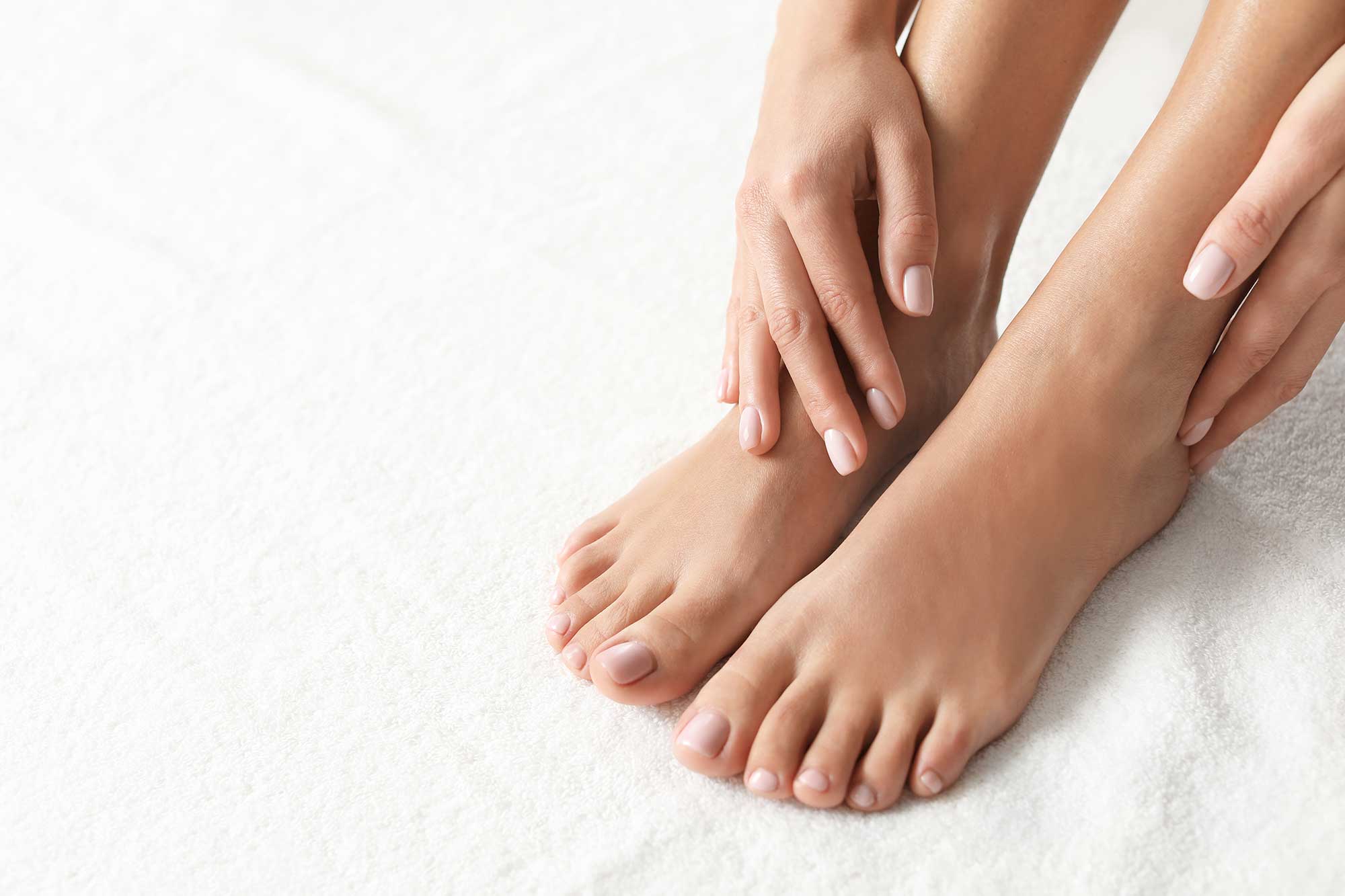Swimming is one of the most popular and beneficial exercises for people of all ages. It is not only a fun activity, but it also has numerous health benefits. In this article, I’ll outline the benefits of swimming and why it is such a great form of exercise.
The 7 Top Benefits Of Swimming
1. Full-body workout
Swimming is a full-body workout that engages all the major muscle groups in the body. The benefits of swimming include using your arms, legs, core, and back muscles, which help to tone and strengthen your body.
Swimming uses your arms, shoulders, chest, and back to move through the water. As you pull your arms through the water, you are engaging the muscles in your upper body, including your biceps, triceps, and deltoids. This builds upper body strength and can dramatically improve posture.
Swimming also engages your core muscles, which include your abdominals, lower back, and obliques. As you swim, you need to engage your core muscles to keep your body stable and balanced in the water. This can help to improve your core strength and stability, which can improve your overall fitness and reduce the risk of injury.
Swimming engages the muscles in your lower body, including your quadriceps, hamstrings, and glutes. As you kick your legs through the water, you are working these muscles, which can help to improve lower body strength and tone your legs.
2. Low-impact exercise
Swimming is a low-impact exercise, which means that it is gentle on the joints and muscles. This makes it an excellent choice for people who have joint pain, arthritis, or are recovering from an injury.
Swimming is considered a low-impact exercise because it is a form of aerobic exercise that is gentle on your joints and doesn’t put as much stress on your body as other high-impact exercises, such as running or jumping.
When you swim, your body is buoyant in the water, which reduces the impact of gravity on your joints. This means that you don’t experience the same amount of impact as you would when running or jumping on a hard surface, which can be hard on your knees, hips, and ankles.
Additionally, the resistance of the water provides a natural cushioning effect that can further reduce the impact on your joints. The water also supports your body weight, making it an ideal exercise for people with joint pain or those who are overweight.
Because swimming is a low-impact exercise, it is a great option for people of all ages and fitness levels. It is particularly beneficial for people with arthritis, back pain, or other conditions that make high-impact exercises difficult.
However, it’s important to note that even low-impact exercises like swimming can still cause injury if performed incorrectly or excessively. It’s important to start slowly, gradually increase the intensity and duration of your workouts, and pay attention to your body’s signals to avoid injury and maximize the benefits of swimming.
3. Cardiovascular health
Swimming is an excellent cardiovascular workout that can improve your heart health and reduce your risk of heart disease. Swimming increases your heart rate, which improves blood flow and oxygenation throughout your body.
Swimming is an aerobic exercise that can get your heart rate up and help you improve your cardiovascular fitness. Aerobic exercise, such as swimming, involves continuous movement that requires oxygen to produce energy. This type of exercise strengthens your heart and lungs, making them more efficient at delivering oxygen and nutrients to your body.
When you swim, you are pushing against the resistance of the water, which can help to build muscle and improve your overall strength. This, in turn, can help to improve your cardiovascular fitness by making your heart stronger and more efficient.
Swimming can also help to improve blood flow throughout your body. When you swim, blood is directed away from your limbs and towards your core, which can help to improve circulation and increase oxygen delivery to your organs and muscles. This can help to improve your overall cardiovascular health and reduce the risk of heart disease.
4. Stress relief
Swimming is a great way to relieve stress and improve your mental health. It is a low-stress and relaxing activity that can help you to clear your mind and reduce anxiety.
5. Improved flexibility
Swimming can also help to improve your flexibility and range of motion. The water provides resistance, which helps to stretch and lengthen your muscles.
Water provides resistance to your movements, which can help to increase your flexibility. When you swim, you push against the resistance of the water, which can help to strengthen your muscles and improve your range of motion. The more you swim, the stronger and more flexible your muscles will become.
Swimming is a full-body workout that engages all of your major muscle groups. This means that you are working your entire body and improving your flexibility in all areas. Swimming involves a wide range of motion, including stretching, twisting, and reaching, which can help to improve your flexibility.
Swimming is a low-impact exercise that is easy on your joints. Unlike other forms of exercise, such as running or jumping, swimming doesn’t put stress on your joints, reducing the risk of injury. This means that you can focus on improving your flexibility without worrying about causing pain or injury.
Swimming can also include stretching exercises that can help to improve your flexibility. For example, you can perform stretches while holding onto the side of the pool or using a kickboard. These stretches can target specific muscle groups and help to increase your flexibility over time.
Swimming can help to improve your posture, which can also contribute to improved flexibility. When you swim, you engage your core muscles, which can help to improve your posture and alignment. This, in turn, can help to improve your flexibility by reducing tension in your muscles and improving your range of motion.
6. Swimming for Weight loss
Swimming is an effective way to burn calories and lose weight. It is a low-impact exercise that can help you to burn calories without putting too much strain on your body.
Swimming is a great way to burn calories. Depending on the intensity of your swim, you can burn up to 500-700 calories per hour. Unlike other forms of cardio, such as running or cycling, swimming is low-impact and easy on your joints, making it an excellent choice for those who are overweight or have joint pain.
Swimming is a full-body workout that engages all of your major muscle groups, including your arms, legs, back, and core. This means that you can build muscle and burn fat all over your body. It is also a great way to improve your overall strength and endurance.
Swimming can help to boost your metabolism, which is the rate at which your body burns calories. The more muscle you have, the more calories your body burns at rest. Swimming can help you build lean muscle mass, which can increase your metabolism and help you burn more calories throughout the day.
Swimming is a low-impact exercise that is easy on your joints. This makes it an excellent choice for those who are overweight or have joint pain, especially if you have inflammatory arthritis. Unlike running or other high-impact exercises, swimming doesn’t put stress on your joints, reducing the risk of injury.
7. Improved lung capacity
Swimming can also improve your lung capacity and respiratory health. When you swim, you learn how to control your breathing, which can help to increase your lung capacity and improve your overall respiratory function.
5 Ways Swimming Helps Manage Stress
Stress is an inevitable part of life, and it can hurt our mental and physical health. However, there are many ways to manage stress, including exercise. Swimming is an excellent form of exercise that can help manage stress in several ways. In this blog post, we will explore how swimming as an exercise can help manage stress.
1. Low-Impact Exercise
Swimming is a low-impact exercise that is gentle on the joints and muscles, making it an excellent choice for people who are dealing with stress-related injuries or chronic pain. Unlike high-impact exercises like running, swimming is less likely to cause stress-related injuries and can provide a much-needed break for the body.
2. Mind-Body Connection
Swimming requires a certain level of focus and concentration. When you swim, you need to coordinate your movements and breathing to stay afloat and move through the water efficiently. This focus on your body and breath helps to calm the mind and release tension in the body, promoting relaxation and stress relief.
3. Natural Endorphins Release
Swimming is an excellent way to release endorphins, which are natural feel-good chemicals produced by the brain. Endorphins help to reduce stress, anxiety, and depression by improving mood, boosting energy, and reducing pain perception. Swimming can provide a natural high, making it an excellent choice for people who need a mood boost.
4. Mindfulness
Swimming can be a meditative and mindfulness practice. When you swim, you can focus on your breath and the sensations in your body, which can help you to stay present and grounded in the moment. This mindfulness practice can help reduce stress, anxiety, and depression by helping you to let go of negative thoughts and emotions.
5. Better Sleep
Swimming can also improve the quality of your sleep, which is essential for managing stress. Swimming can help you to feel more relaxed and sleepy, making it easier to fall asleep and stay asleep. Better sleep can help to reduce stress and improve your overall quality of life.
What Equipment do You Need to Start Swimming Regularly?
Swimming is an excellent form of exercise that offers numerous health benefits. Whether you are new to swimming or are looking to start a swimming training program, having the right equipment is essential. In this blog post, we will explore the equipment needed to start swimming training.
A Good Pair of Swimmers: Swimwear is essential for swimming. It should be comfortable, well-fitted, and provide adequate support. There are several types of swimwear to choose from, including one-piece swimsuits, two-piece swimsuits, and swim trunks. Choose swimwear that allows you to move freely and comfortably in the water.
Quality Goggles: Goggles are essential for swimming because they protect your eyes from the chlorine and other chemicals in the pool. They also help you to see clearly underwater, which is important for maintaining proper technique and preventing accidents. Choose goggles that fit comfortably and provide a good seal around your eyes. I use the Speedo Goggles below, because I can do my laps without too much fogging up, no leakage and they fit well over my nose without digging into my high bridge.

Latex Swim Cap: A swim cap can help keep your hair out of your face and prevent it from getting tangled in the pool. It can also help to reduce drag in the water, making it easier to swim faster. Quality latex swim caps are a bit more expensive but last longer.

Kickboard: Kickboards are great to improve your leg strength and technique. It is especially helpful for beginners who are learning to swim or for those who want to focus on their leg workouts. Choose a kickboard that is comfortable to hold and provides enough buoyancy to keep you afloat. It’s also a nice way to give your arms a break during a swim.

Pull Buoy: A pull buoy is a “nice to have, but don’t you don’t need this when starting. You can put it between the thighs to help improve upper body strength and technique. It can also help to improve your body alignment in the water. Choose a pull buoy that is comfortable to use and provides enough buoyancy to keep you afloat.
Fins: While another non-essential, fins are an excellent training tool that can help to improve your leg strength, technique, and overall speed in the water. They work by increasing resistance in the water, which can help to build muscle and improve cardiovascular fitness. Choose fins that fit comfortably and provide enough resistance to challenge you.

















